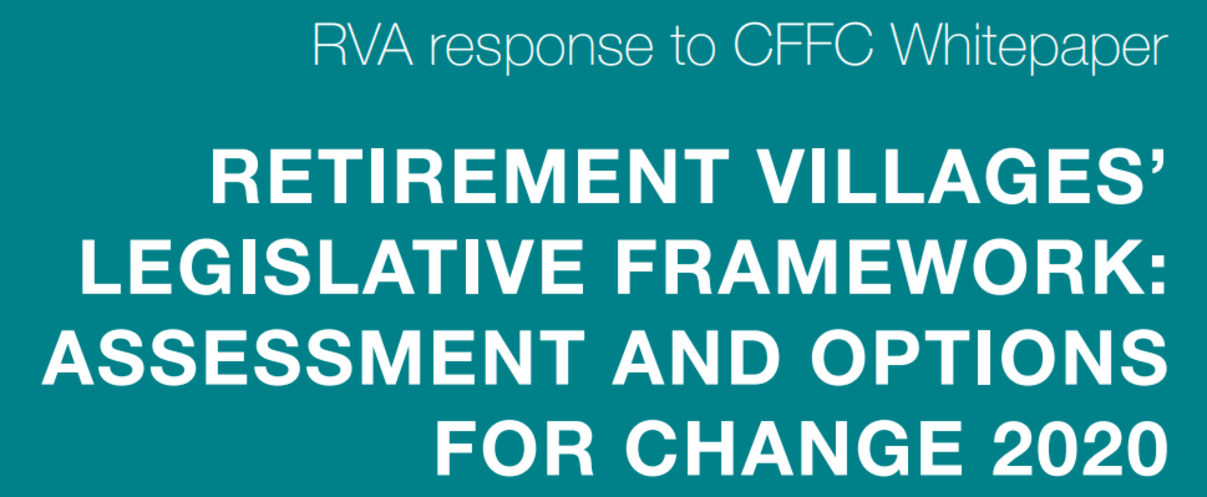Buy backs, sharing capital gain, ending weekly fees, reinstatement costs, marketing delays.
All familiar in Australia, they have come under scrutiny in New Zealand in the Commission for Financial Capability’s White Paper on the retirement villages legislative framework.
Last week the very strong NZ Retirement Village Association lodged its response and it makes interesting reading on a number of fronts for lessons to be learnt and the strength of the RV sector economically.
The areas canvassed are:
- Re-Licensing and buy-back times
- Weekly fees continuing after termination
- Transfers from independent units to serviced care or care facilities: information requirements and treatment of fixed deductions
- Code of Practice 2008 compliance
- Lack of a simple complaints system or authorised advocate
- A voice for residents
- Emerging consumer issues
- Structural and drafting anomalies evident in the legal framework
- The interface of care and residence.
You can download the RVA 61-page response HERE.
For Buy-backs, the CFFC particularly wanted to look at:
- Guaranteed timeframe for buy-backs
- The requirement for interest to be payable during vacant periods
- Allocation of any gain on re-licensing between resident (or their estate) and the operator
- Considering certainty to residents alongside operators’ business models
- Consideration of restricting any changes to larger, for-profit operators.
The RVA’s conclusion was:
In any event, the introduction of guaranteed buy-backs would require all operators to reserve additional capital and this cost would likely, at least in part, need to be met by the resident especially in circumstances where the operator’s business would become unsustainable due to the increased liquidity requirement.
In summary, it is expected that guaranteed buybacks would result in higher costs to the resident, fewer new market entrants, less competition and, ultimately, less choice for the consumer.










